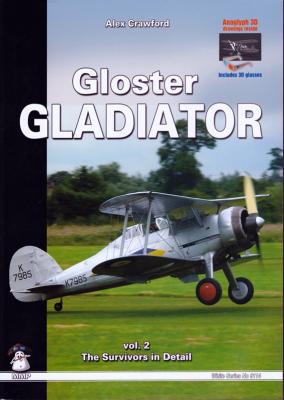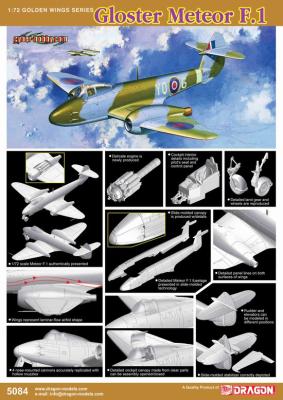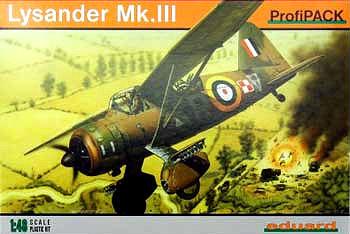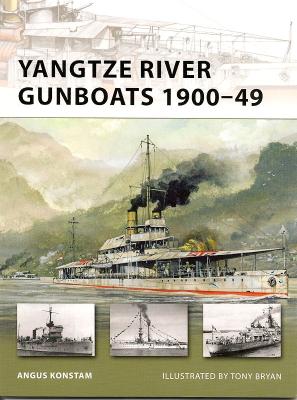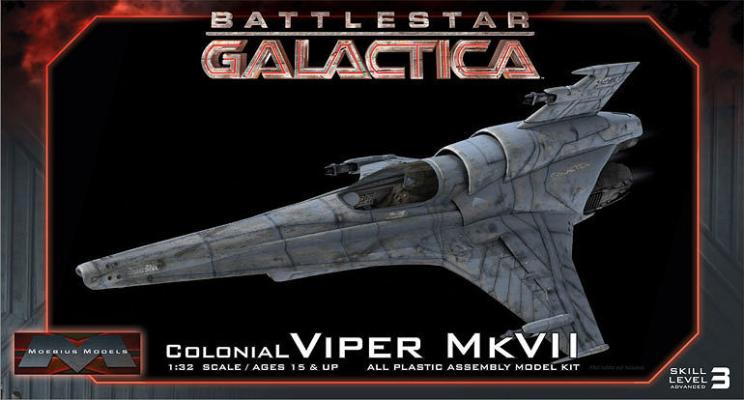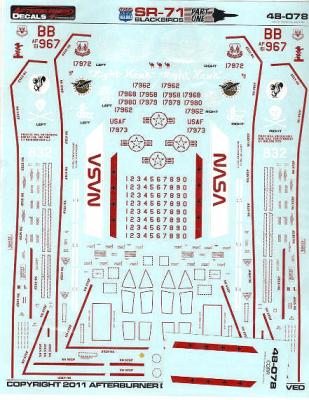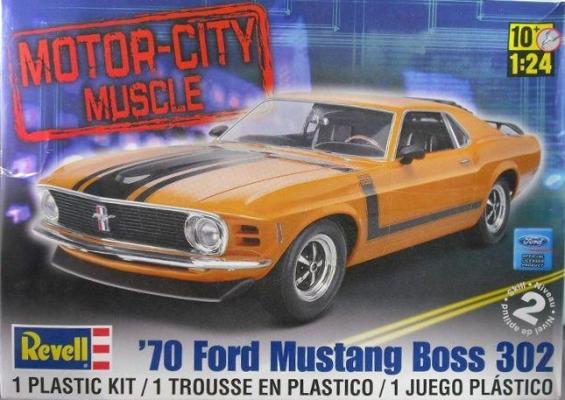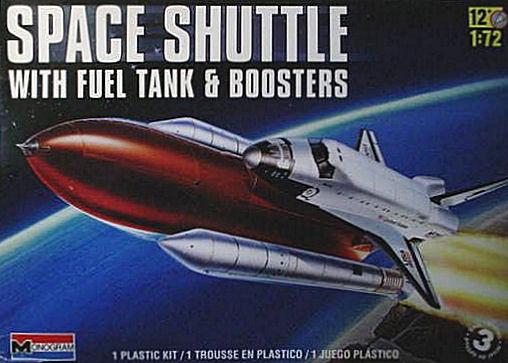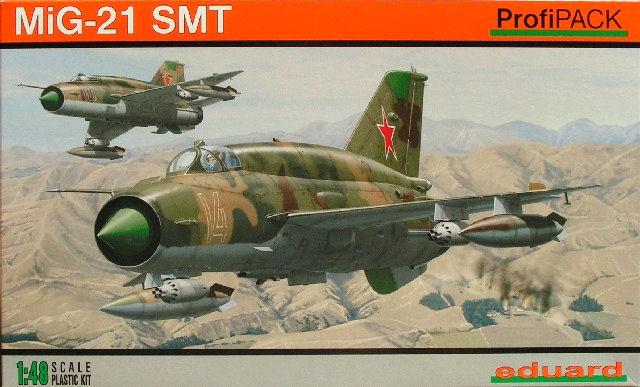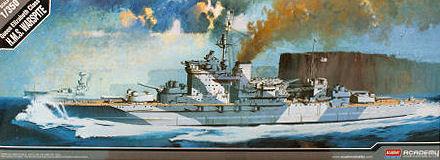I've always been a fan of the Gladiator and certainly in my eyes she is still one of the best looking biplane fighters ever produced. When I saw the chance to give this book a read and review I jumped on it. I'm very glad that I did. My initial flip through of the book left me speechless. The publication is printed on thick paper stock and is wrapped in a beautiful glossy cover complete with a sweet photo of a Gladiator touching down in a perfect 3-point landing.
The first 10 page chapter of the book includes a brief rundown of each of the known Gladiator survivors and a photo of each. I found this information to be very interesting although a couple of airframes only warranted a paragraph or two due to the fact little is known of its history. The second 13 page chapter of the book runs though the Gladiators operations manual step by step. This section is an interesting read if for nothing else to see what is required to keep this wonderful aircraft flying.

